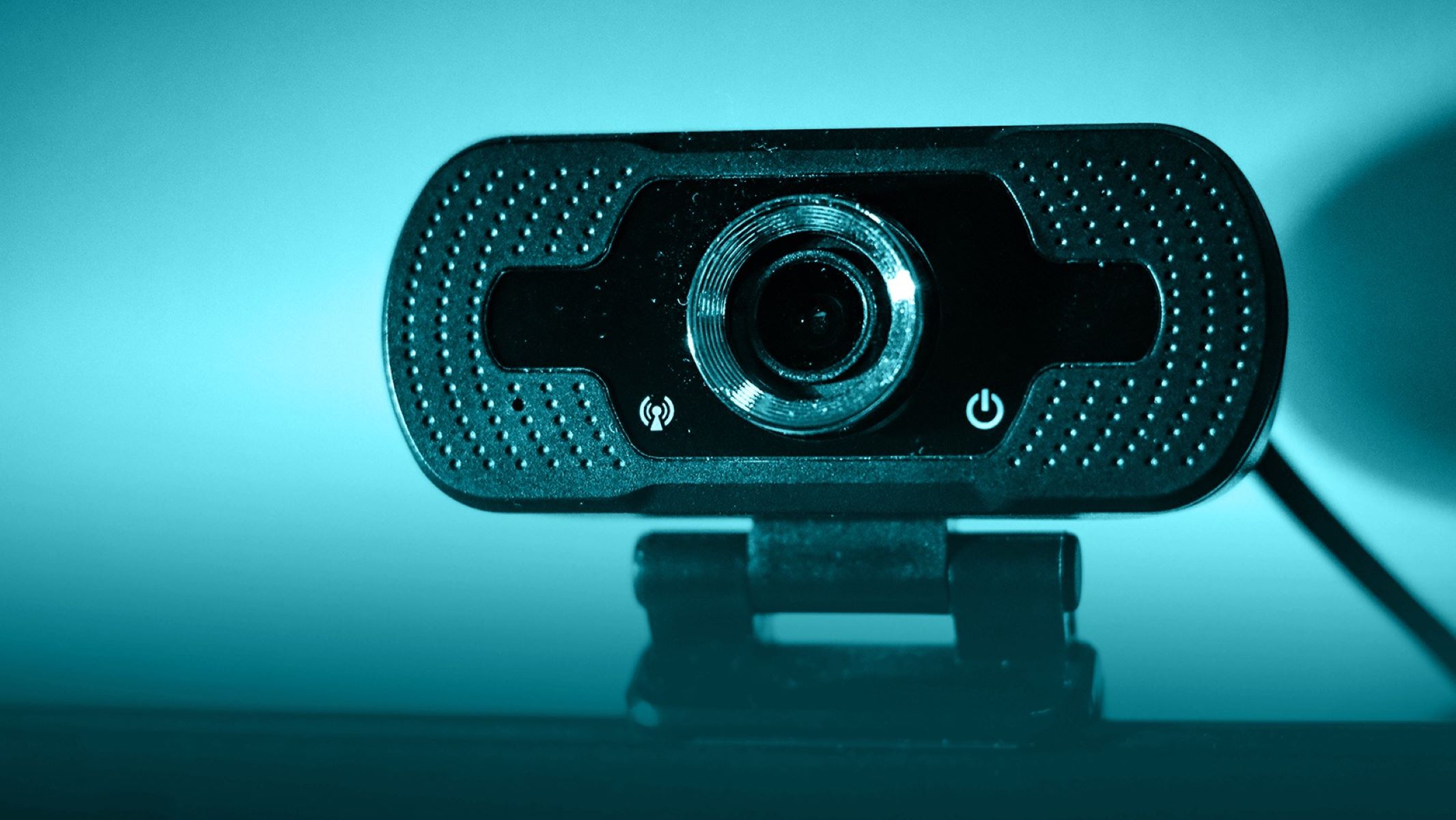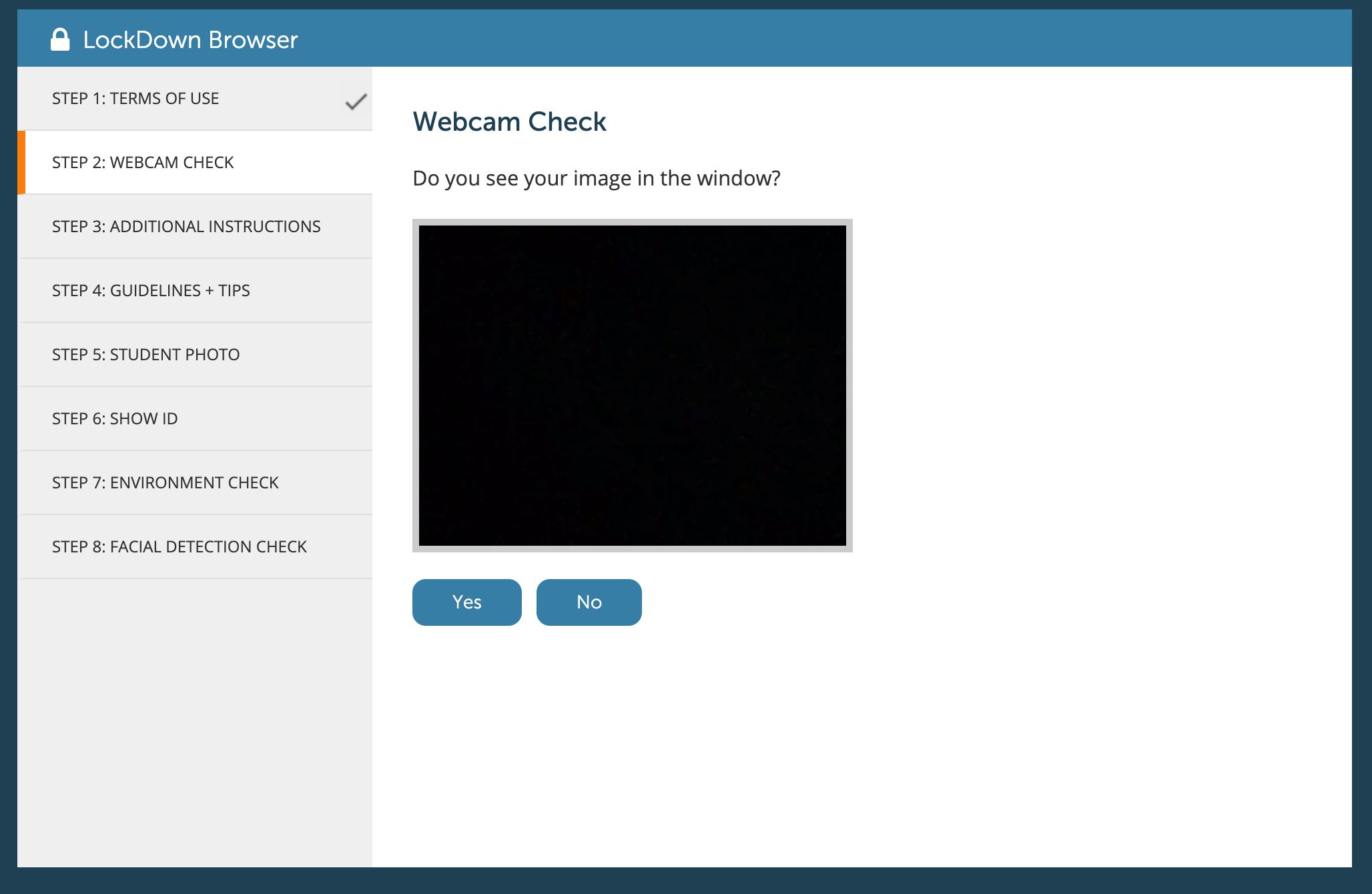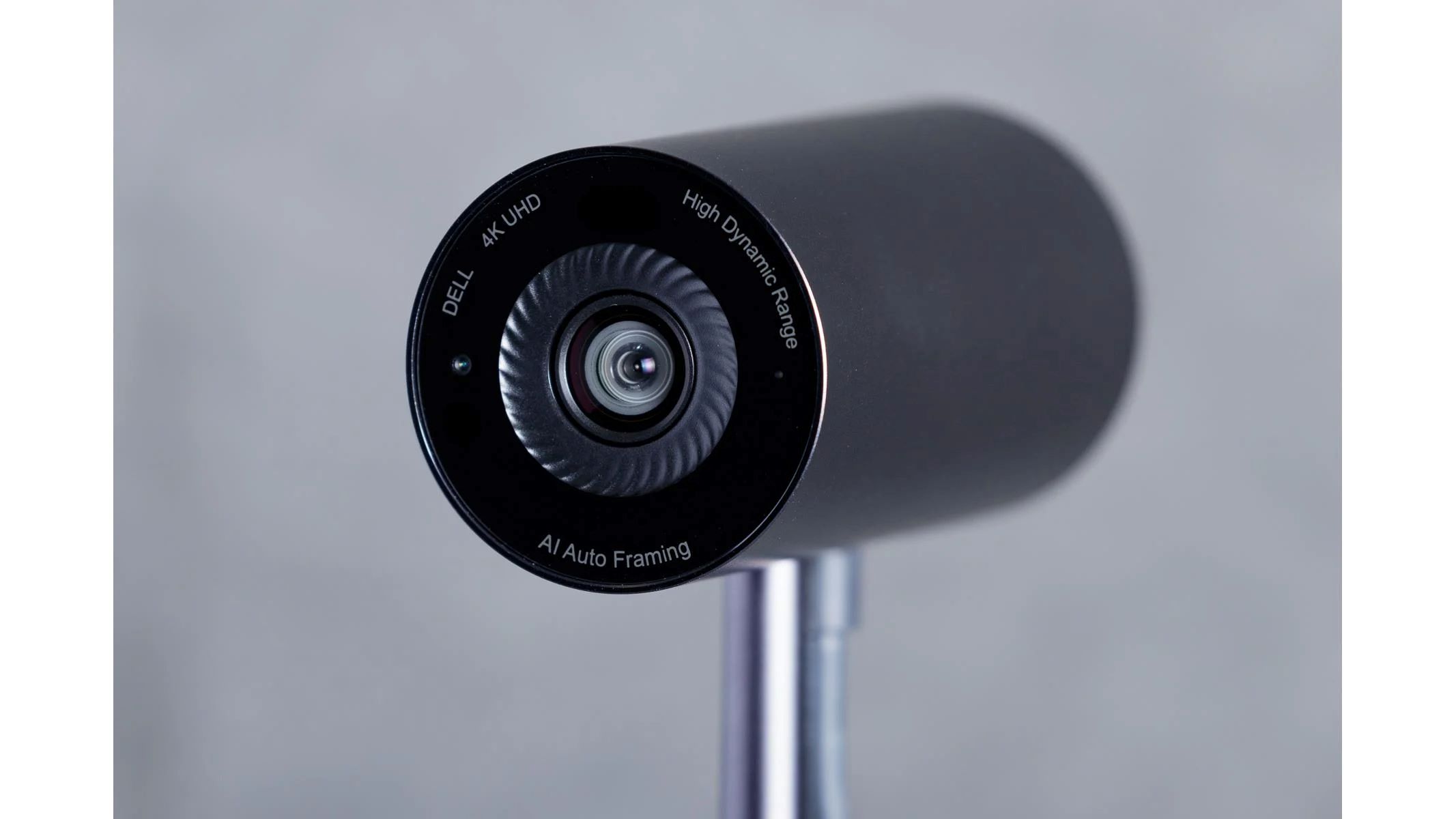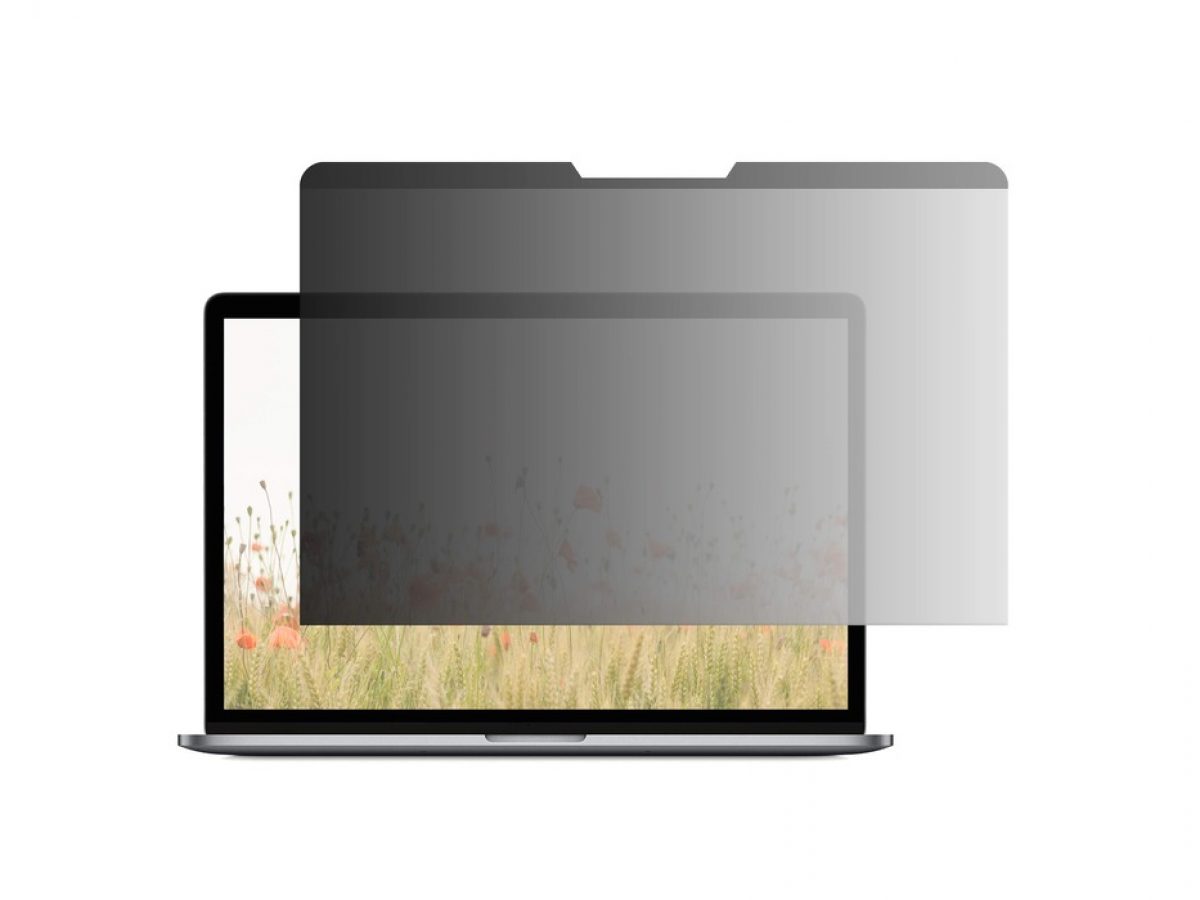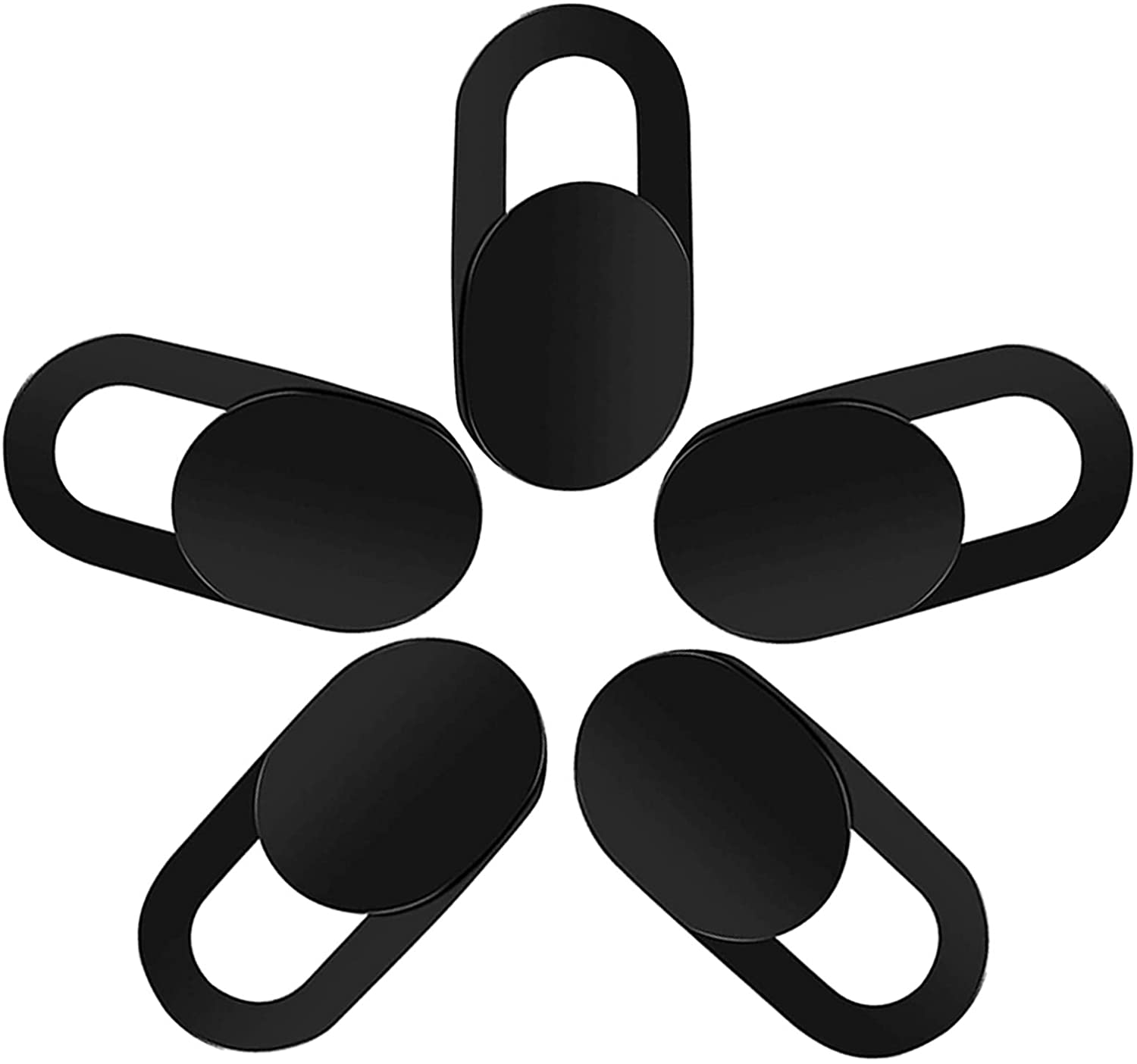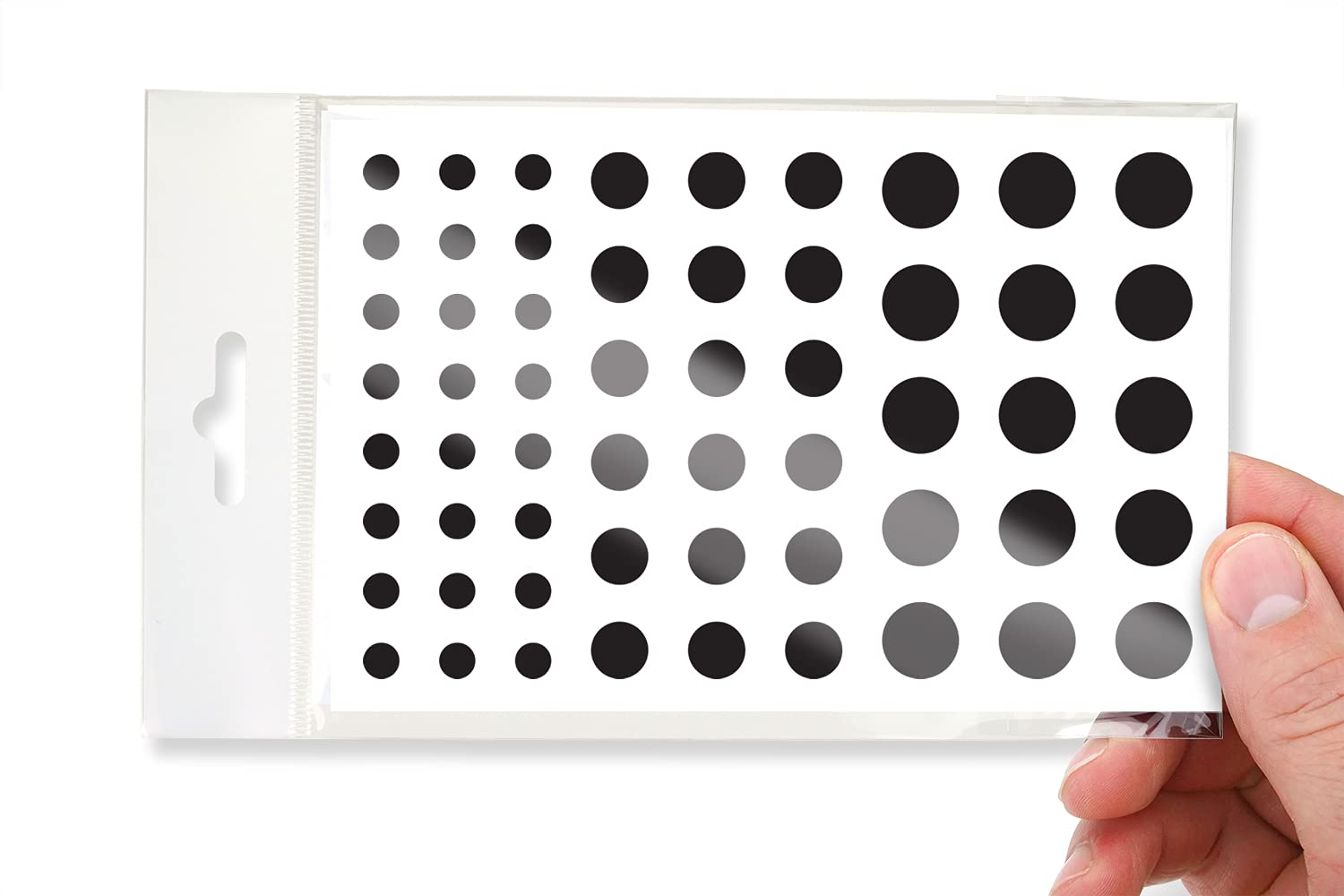Signs that Your Webcam May Be Hacked
Your webcam is an essential device that allows you to communicate, connect, and capture precious moments. However, it can also be vulnerable to hacking, putting your privacy and security at risk. Here are some signs that may indicate your webcam has been compromised:
- Unexpected LED light: One of the most apparent signs of webcam hacking is the LED light turning on even when you’re not using it. If you notice the light illuminating unexpectedly, it could indicate that someone has unauthorized access to your webcam.
- Mysterious movements: If your webcam starts moving on its own or follows your movements without your command, it could be a sign of hacking. Cybercriminals may remotely control your webcam and adjust its position to monitor your activities.
- Strange noises: Unusual or unexpected sounds coming from your computer’s speakers can be a sign of a hacked webcam. Be attentive to any unfamiliar noises that occur when you’re not using your webcam, as hackers may intercept audio feed.
- Misconfigured settings: If you notice your webcam settings suddenly changed without your input, it could indicate unauthorized access. Keep an eye on settings like resolution, brightness, and contrast, as these changes may be signs of tampering.
- Unfamiliar software or processes: Check your task manager or activity monitor for any suspicious software or processes that may indicate webcam hacking. Look out for names you don’t recognize or those consuming a lot of system resources.
It’s important to note that these signs may not guarantee webcam hacking, as they can also be caused by other factors. However, if you experience multiple indicators simultaneously, it’s crucial to take immediate steps to investigate and secure your webcam.
Steps to Check Whether Your Webcam Is Hacked
Discovering if your webcam has been hacked is essential in protecting your privacy. Here are some steps you can take to check whether your webcam has been compromised:
- Run a security scan: Use reputable antivirus or anti-malware software to scan your system for any potential threats, including webcam malware. These scans can detect any malicious software that may have gained control of your webcam.
- Check active connections: Monitor your network connections and see if there are any suspicious IP addresses or devices connected to your webcam. Look for any unauthorized remote access or unexpected outgoing data activity.
- Inspect your computer for RATs: Remote Access Trojans (RATs) can give hackers unauthorized control over your webcam. Use anti-malware software specifically designed to detect and remove RATs from your computer.
- Disable remote access: Access your webcam settings and disable any remote access features, as these can provide an entry point for hackers. Restricting remote access significantly reduces the chances of your webcam being hacked.
- Review your installed software: Go through the list of installed applications on your computer and ensure that you recognize all of them. Uninstall any unfamiliar software that may be related to webcam hacking.
- Physically inspect your webcam: Check your webcam for any external indicators of tampering, such as tape residue, unusual wires, or modifications. Also, cover your webcam with a physical shutter or privacy cover when not in use.
While these steps can help determine whether your webcam has been hacked, it’s important to consult with an IT professional if you suspect a breach or if you are unsure about any of the steps. Taking prompt action is crucial to safeguarding your privacy and preventing further unauthorized access to your webcam.
How to Secure Your Webcam and Protect Your Privacy
Protecting your webcam from potential hackers is essential to safeguard your privacy. Here are some effective measures you can take to secure your webcam:
- Use reputable antivirus software: Install and regularly update reliable antivirus software to detect and prevent malware that could compromise your webcam’s security.
- Keep your operating system updated: Regularly update your computer’s operating system to ensure you have the latest security patches and fixes. This helps prevent vulnerabilities that hackers can exploit.
- Use a firewall: Enable a robust firewall on your computer to control incoming and outgoing network traffic, blocking unauthorized access to your webcam.
- Create strong, unique passwords: Set strong, unique passwords for your webcam and other connected devices. Avoid using common or easily guessable passwords, and consider using a password manager for added convenience and security.
- Disable unnecessary features: Review your webcam’s settings and disable any features that you don’t use or that may increase the risk of hacking, such as remote access or automatic file sharing.
- Regularly update your webcam’s firmware: Check the manufacturer’s website for firmware updates for your webcam. Keeping your webcam’s firmware up to date ensures you have the latest security enhancements and bug fixes.
- Be cautious with email and online activities: Avoid clicking on suspicious links or downloading attachments from unknown sources. Cybercriminals often use email and online platforms to trick users into installing malware that can compromise their webcams.
- Cover your webcam when not in use: Physically cover your webcam with a sticker, tape, or a dedicated webcam cover. This simple step prevents unauthorized access even if your webcam is compromised.
- Be mindful of apps and websites: Review the permissions of apps and websites that request access to your webcam. Only grant access to trusted applications and websites that clearly explain why they need access to your webcam.
By implementing these security measures, you can significantly reduce the risk of your webcam being hacked and protect your privacy and personal information from prying eyes.
Actions to Take If Your Webcam Has Been Hacked
Discovering that your webcam has been hacked can be alarming, but it’s crucial to take immediate action to regain control and safeguard your privacy. Here are the steps you should take if your webcam has been compromised:
- Disconnect from the internet: Unplug your computer from the network immediately to prevent any further unauthorized access. Disconnecting from the internet helps contain the breach and prevents hackers from remotely controlling your webcam.
- Scan your system for malware: Run a thorough scan using reputable antivirus or anti-malware software to detect and remove any malicious programs that may have allowed the hacker access to your webcam.
- Change your passwords: Change the passwords for all your online accounts, including email, social media, and banking, as these may have been compromised. Use strong, unique passwords to prevent further unauthorized access.
- Update your security software: Ensure that your antivirus and firewall software is up to date. Install the latest security patches to boost your computer’s defense against malware and potential hacking attempts.
- Reinstall your operating system: If you suspect that the hack has not been fully removed or if you’re unable to regain control, consider reinstalling your operating system to eliminate any lingering malware or unauthorized access points.
- Consult with an IT professional: If you’re unsure about how to proceed or if you need assistance in recovering your webcam’s security, it’s advisable to seek guidance from an IT professional or a cybersecurity expert.
- Notify the authorities: If you believe your webcam hacking incident involves any illegal activities, such as invasion of privacy or harassment, report the incident to your local law enforcement agency. Provide them with as much information as possible regarding the hack.
- Prevent future incidents: Learn from the incident and take additional security measures to protect your webcam and overall digital presence. Stay vigilant, keep your software updated, and practice safe online habits to minimize the risk of future hacks.
Remember, taking swift action is vital when your webcam has been hacked. By following these steps, you can regain control and strengthen the security of your webcam, ensuring your privacy is protected in the future.
Protecting Yourself from Webcam Hacking: Best Practices
Webcam hacking is a serious threat to your privacy, but there are several best practices you can follow to minimize the risk and protect yourself from such intrusions:
- Keep software and firmware up to date: Regularly update your operating system, antivirus software, and webcam firmware to ensure you have the latest security patches and bug fixes. Outdated software can contain vulnerabilities that hackers can exploit.
- Use strong, unique passwords: Create strong and complex passwords for your webcam and other accounts. Combine uppercase and lowercase letters, numbers, and special characters. Avoid using easy-to-guess passwords like “123456” or “password”. Consider using a password manager to securely store and generate strong passwords.
- Enable two-factor authentication: Enable two-factor authentication wherever possible to add an extra layer of security. This ensures that even if someone manages to obtain your password, they still won’t be able to access your accounts without the additional verification step.
- Be cautious with downloads and links: Avoid downloading files or clicking on links from untrusted sources, especially if they come from unknown email senders or unfamiliar websites. These files and links may contain malware that can compromise your webcam and computer.
- Cover your webcam when not in use: Place a physical cover or use a privacy shield for your webcam to block any potential hacking attempts. This simple step can prevent unauthorized access, even if your computer is compromised.
- Be mindful of video call requests: Only accept video call requests from trusted individuals. Scammers may try to initiate video calls to gain unauthorized access to your webcam and observe your activities without your knowledge.
- Pay attention to webcam indicator lights: Regularly check the LED light on your webcam. If it turns on unexpectedly, without your initiation, it could indicate that your webcam is being accessed without your consent.
- Regularly review app permissions: Periodically review the permissions granted to apps on your devices, especially video chat or conferencing applications. Only authorize permissions necessary for the app’s functionality and revoke any unnecessary permissions.
- Secure your network: Protect your Wi-Fi network with a strong password and encryption. Additionally, consider using a firewall or a virtual private network (VPN) to add an extra layer of security when accessing the internet.
- Stay informed about emerging threats: Stay updated on the latest cybersecurity news and trends. Educate yourself about new hacking techniques and take appropriate measures to protect your webcam and digital devices.
By following these best practices, you can significantly reduce the risk of webcam hacking and protect your privacy. Remember, online security is an ongoing process, so it’s important to stay vigilant and adapt to new threats as they emerge.
Importance of Updating Software for Webcam Security
Regularly updating your software is crucial for maintaining the security of your webcam and protecting your privacy. Here are the key reasons why software updates are essential for webcam security:
- Patches security vulnerabilities: Software updates often include security patches that address vulnerabilities discovered in previous versions. Hackers constantly search for loopholes to exploit, and software updates help close those gaps, making it harder for them to gain access to your webcam.
- Improves defense against malware: Malware is a significant threat to webcam security. Updating your antivirus software ensures that it has the latest virus definitions, enabling it to detect and block the latest malware strains that may attempt to compromise your webcam.
- Fixes bugs and enhances performance: Software updates not only address security issues but also fix bugs and improve the overall performance of the software. These updates can optimize your webcam’s functionality, making it more efficient and reliable.
- Keeps up with evolving threats: Cybersecurity threats are ever-evolving, with hackers constantly developing new tactics. By updating your software, you stay ahead of these evolving threats, as developers often implement new security measures and adapt to emerging risks.
- Safeguards against zero-day exploits: Zero-day exploits refer to vulnerabilities that are discovered and exploited by hackers before the software developer becomes aware of them. Software updates often include fixes for such vulnerabilities, ensuring that you have protection against these newly discovered threats.
- Supports compatibility with new hardware and software: As technology advances, new hardware and software are introduced. Keeping your webcam’s software up to date ensures compatibility with the latest devices and applications, preventing any security issues that may arise from using outdated software.
- Preserves product support: Software updates are typically released by manufacturers to support their products. By regularly updating your webcam’s software, you can ensure that you continue to receive product support, including bug fixes and technical assistance.
Ignoring software updates can leave your webcam vulnerable to attacks and compromises. By staying proactive and promptly installing updates, you bolster the security of your webcam, providing an additional layer of protection against potential breaches and unauthorized access.
Frequently Asked Questions about Webcam Hacking
Webcam hacking is a concerning issue that raises many questions. Here are answers to some frequently asked questions to help you better understand webcam security:
- What is webcam hacking?
- Why would someone hack my webcam?
- How can I protect my webcam from being hacked?
- How can I tell if my webcam has been hacked?
- What should I do if I suspect my webcam has been hacked?
- Can hackers access my webcam without the LED light turning on?
- Can covering my webcam with tape really prevent hacking?
- Is webcam hacking illegal?
Webcam hacking refers to the unauthorized access and control of someone’s webcam by an external party. Hackers can exploit vulnerabilities in software or use malware to gain access to a person’s webcam and monitor their activities without their knowledge or consent.
There are several reasons why someone might hack a webcam. They may be seeking private information, attempting to invade your privacy, engaging in blackmail, or even using your webcam for malicious activities, such as surveillance or spreading malware.
To protect your webcam from hacking, you should keep your software and firmware updated, use strong and unique passwords, enable two-factor authentication, be cautious with downloads and links, cover your webcam when not in use, and practice safe online habits.
There are several signs that may indicate your webcam has been hacked, including unexpected LED lights, mysterious movements of the webcam, strange noises, misconfigured settings, and unfamiliar software or processes running on your computer.
If you suspect your webcam has been hacked, you should disconnect your computer from the internet, run a security scan, change your passwords, update your security software, consider reinstalling your operating system, and consult with an IT professional if needed.
It is possible for hackers to access your webcam without the LED light turning on, as some sophisticated malware can manipulate the webcam’s hardware to avoid detection. Therefore, it’s important to practice other security measures to ensure your webcam’s protection.
Yes, covering your webcam with tape or using a physical shutter can provide an effective barrier against unauthorized access. Even if someone gains control of your computer, covering the webcam physically prevents them from seeing or recording anything.
Yes, webcam hacking is illegal in most jurisdictions as it infringes upon a person’s privacy. Perpetrators can face criminal charges, including invasion of privacy, unauthorized access to a computer system, or even extortion if they use compromised webcam footage for blackmail purposes.
By staying informed about webcam hacking and taking proactive steps to protect your privacy and security, you can minimize the risk of falling victim to these malicious activities.
Conclusion
Webcam hacking is a serious threat to your privacy and security. With the increasing prevalence of online communication and remote work, it is crucial to prioritize the protection of your webcam from unauthorized access. By being aware of the signs of webcam hacking, regularly checking your webcam, and implementing proper security measures, you can safeguard your privacy and prevent potential breaches.
In this article, we discussed the signs that may indicate your webcam has been hacked, steps to check whether your webcam is compromised, ways to secure your webcam, actions to take if your webcam has been hacked, and best practices to protect yourself from webcam hacking. We also highlighted the importance of updating software for webcam security and provided answers to frequently asked questions.
Remember, maintaining a secure webcam involves a combination of proactive measures, such as keeping your software updated, using strong passwords, being cautious with downloads and links, and physically covering your webcam when not in use. Additionally, staying informed about the latest cybersecurity threats and practicing safe online habits are essential in preventing webcam hacking incidents.
By following the guidelines and recommendations outlined in this article, you can significantly reduce the risk of webcam hacking and enjoy a safer online experience. Prioritize your webcam security, protect your privacy, and maintain control over your digital life.







